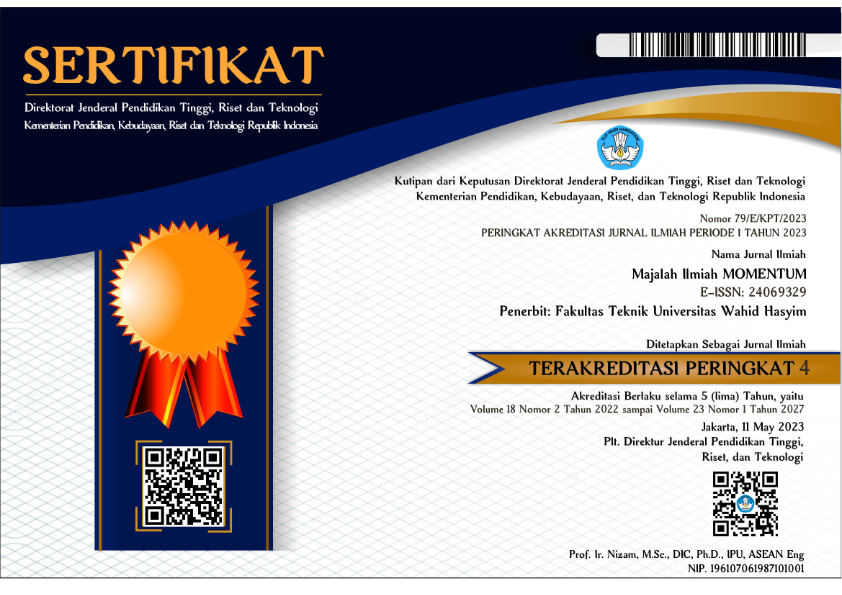POTENSI PRODUKSI ANDROGRAPHOLIDE DARI SAMBILOTO (Andrographis paniculata Nees) MELALUI PROSES EKSTRAKSI HIDROTROPI
DOI:
https://doi.org/10.36499/jim.v8i1.279Abstract
Andrographolide merupakan senyawa fitokimia yang memiliki berbagaifungsi kesehatan. Salah satunya, andrographolide memiliki sifat sebagai anti
malaria. Andrographolide dapat dengan mudah larut dalam methanol, ethanol,
pyridine, asam asetat, dan aceton, tetapi sedikit larut dalam ether dan air.
Ekstraksi andrographolide yang telah banyak diterapkan adalah ekstraksi
menggunakan alkohol. Proses tersebut menyebabkan terjadinya degradasi
andrographolide. Larutan hidrotrop dapat meningkatkan kelarutan senyawa
yang tidak larut dalam air. Ekstraksi andrographolide menggunakan larutan
hidrotrop dapat diterapkan karena andrographolide merupakan senyawa yang
tidak larut dalam air. Ekstraksi andrographolide menggunakan larutan
hidrotrop berupa larutan sodium salisilat dan sodium asetat mampu
menghasilkan ekstrak dengan berat masing-masing 0,57 g dan 0,18 g.
Kata Kunci: andrographolide, hidrotop, ekstraksi, sambilotio
Downloads
Published
Issue
Section
License
Authors who publish with this journal agree to the following terms:
The journal allow the authors to hold the copyright without restrictions and allow the authors to retain publishing rights without restrictions.
Authors retain copyright and grant the journal right of first publication with the work simultaneously licensed under a Creative Commons Attribution License that allows others to share the work with an acknowledgement of the work's authorship and initial publication in this journal.
Authors are able to enter into separate, additional contractual arrangements for the non-exclusive distribution of the journal's published version of the work (e.g., post it to an institutional repository or publish it in a book), with an acknowledgement of its initial publication in this journal.
Authors are permitted and encouraged to post their work online (e.g., in institutional repositories or on their website) prior to and during the submission process, as it can lead to productive exchanges, as well as earlier and greater citation of published work (See The Effect of Open Access).

This work is licensed under a Creative Commons Attribution 4.0 International License.







